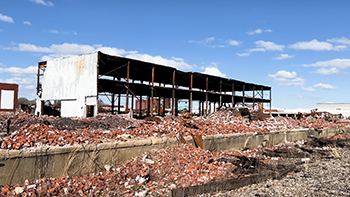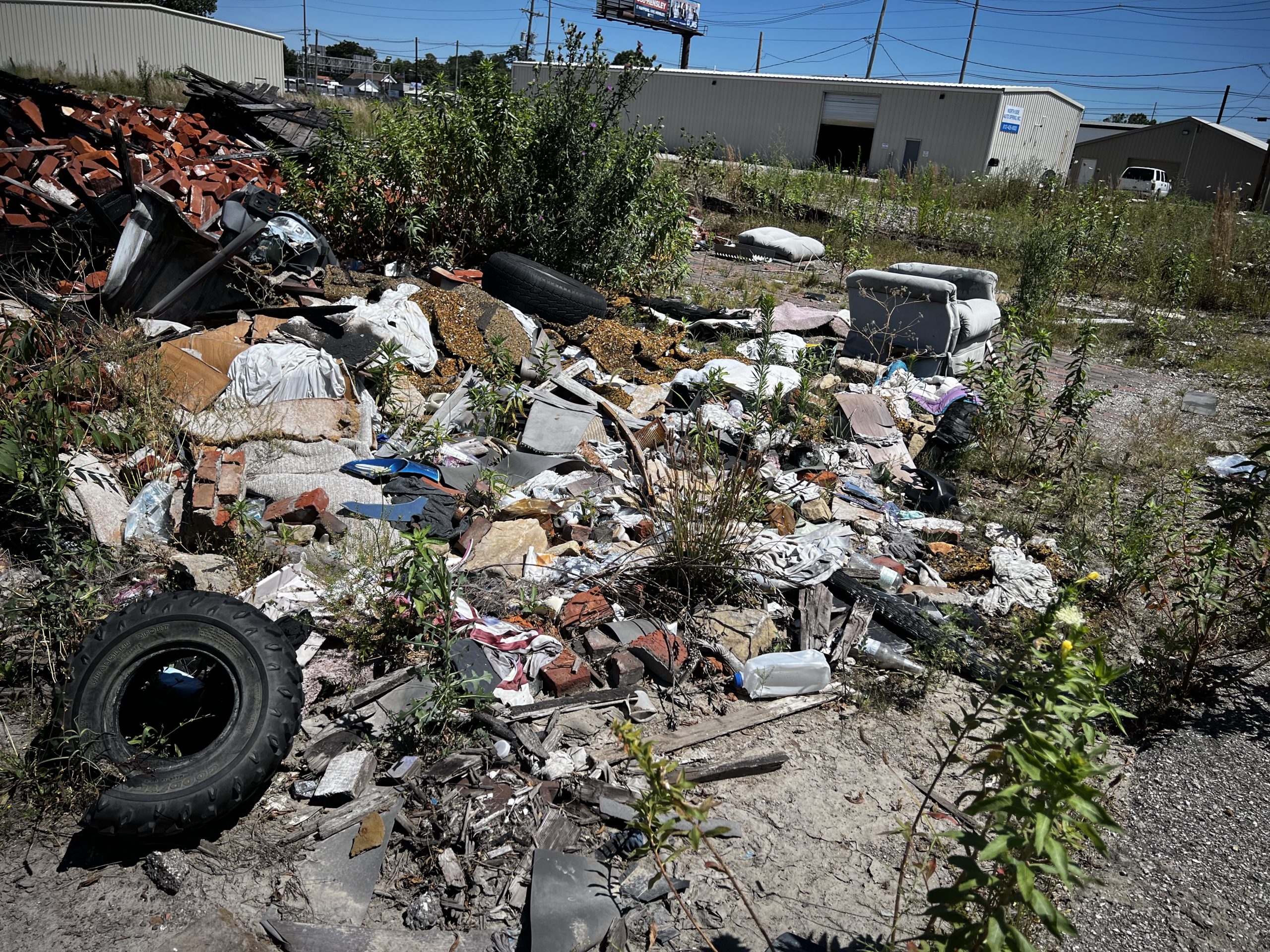The Complexities of Becoming a Sanctuary City: Potential Problems and Challenges
submitted by Joe Wallace
July 3, 2024
The designation of a sanctuary city, where local law enforcement limits cooperation with federal immigration authorities, has sparked significant debate across the United States. While proponents argue that sanctuary policies protect immigrant communities and promote trust in local law enforcement, critics highlight several potential problems. These include job losses for native-born individuals, an increase in crime, public health concerns, and strains on the public education system.
Job Losses for Native-Born Workers
One of the primary concerns about sanctuary cities is the potential for job displacement among native-born workers. Critics argue that by providing safe havens for undocumented immigrants, sanctuary cities inadvertently encourage an influx of individuals competing for low-wage jobs. This increased competition can drive down wages and limit job opportunities for native-born workers, particularly those with lower skill levels. The National Bureau of Economic Research has found that an increase in the labor supply can lead to reduced wages and employment opportunities for native workers, particularly in industries like construction, agriculture, and service sectors where undocumented immigrants are more likely to be employed.
Increase in Crime
The relationship between sanctuary policies and crime rates is a contentious issue. Some argue that sanctuary cities may experience higher crime rates due to the presence of undocumented immigrants. Critics claim that limiting cooperation with federal immigration authorities allows criminals to evade detection and deportation. For instance, if local law enforcement cannot report undocumented immigrants who commit crimes to federal authorities, these individuals may remain in the community and pose a continued threat.
However, it is essential to note that empirical evidence on this issue is mixed. Several studies, including those by the Center for Migration Studies and the American Immigration Council, have found that sanctuary cities do not experience higher crime rates than non-sanctuary cities. In fact, some research suggests that sanctuary policies may foster better relationships between immigrant communities and local police, potentially leading to higher crime reporting and overall community safety.
Public Health Concerns
Sanctuary cities can also face public health challenges. The influx of undocumented immigrants may strain local healthcare systems, particularly in areas with limited resources. Critics argue that undocumented immigrants often lack health insurance and may rely on emergency services for primary care, increasing the burden on hospitals and clinics. This situation can lead to longer wait times, reduced availability of resources for other patients, and higher healthcare costs for the community.
Moreover, the fear of deportation among undocumented immigrants may prevent them from seeking medical care, even when necessary. This reluctance can result in untreated illnesses and the potential spread of communicable diseases, posing a risk to public health. For example, a study published in the Journal of General Internal Medicine found that immigrant communities with limited access to healthcare are more likely to experience outbreaks of diseases like tuberculosis and influenza.
Strains on the Public Education System
The public education system is another area that sanctuary city policies may impact. An influx of undocumented immigrant children can strain school resources, including classroom space, teaching staff, and educational materials. Schools in sanctuary cities may face challenges in accommodating students with diverse language needs, varying educational backgrounds, and additional social and emotional support requirements.
Moreover, the financial burden on local school districts can increase, particularly if federal or state funding does not adequately address the needs of these students. The Migration Policy Institute has noted that schools in areas with high immigrant populations often require additional funding for English language learning programs, bilingual educators, and support services. Without sufficient resources, all students’ education quality may be compromised.
Conclusion
While sanctuary cities aim to protect immigrant communities and foster trust between residents and law enforcement, they also face significant challenges. Potential job losses for native-born workers, concerns about crime, public health issues, and strains on the public education system are critical factors that cities must consider when implementing sanctuary policies. Addressing these problems requires a comprehensive approach that balances the needs of immigrant communities with those of the broader population, ensuring that all residents have access to opportunities and resources.
FOOTNOTE: The following States have ban SANCTUARY CITIES: GEORGIA, IOWA, MISSISSIPPI, MISSOURI, NORTH CAROLINA, SOUTH CAROLINA, TENNESSEE, TEXAS.
OTHER STATES WEIGHING SANCTUARY BANS:
In addition to the states detailed above, according to the National Conference of State Legislatures, as of April 2019 at least 21 state legislatures were weighing measures against sanctuary policies:
Colorado
Illinois
Maine
Massachusetts
Kentucky
Michigan
Minnesota
Missouri
Montana
North Carolina
North Dakota
New Hampshire
New Jersey
Ohio
Oregon
Pennsylvania
South Dakota
Virginia
Wisconsin
West Virginia
Wyoming
THE CITY-COUNTY OBSERVER POSTED THIS ARTICLE WITHOUT BIAS, OPINION OR EDITING.













